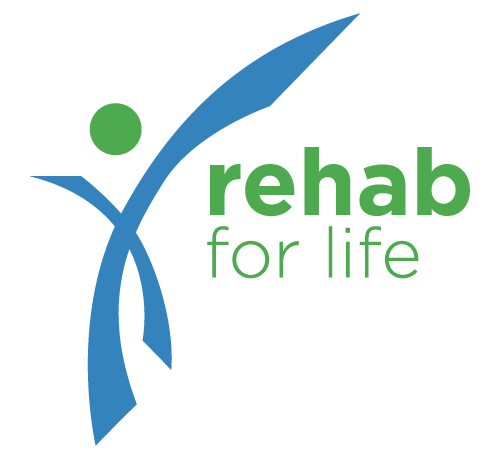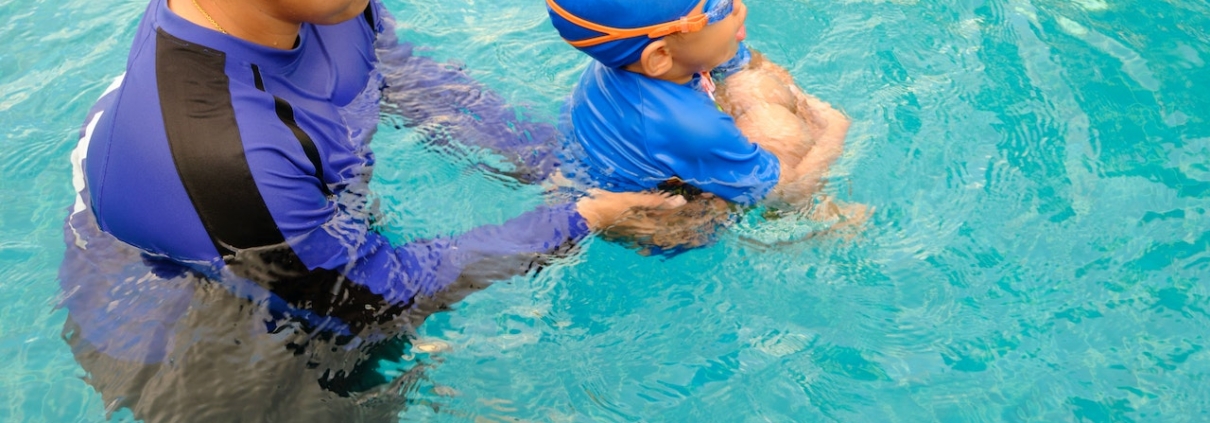Aquatic Physical Therapy for Children: What is it and How Can it Help?
Physical therapy is an essential form of medical treatment for children who have difficulty with movement due to injury or illness. But have you considered aquatic physical therapy as an option? This form of therapy is growing in popularity for its unique benefits and ability to help children who may struggle with traditional land-based therapy.
Aquatic physical therapy involves exercising in a pool with the help of a licensed therapist. The water’s natural buoyancy allows for low-impact exercises that can help improve flexibility, strength, and balance. It can also help reduce pain and inflammation, making it a great option for children with chronic conditions such as cerebral palsy or spina bifida.
If you’re considering physical therapy for your child, it’s worth exploring aquatic therapy as a potential option. In this article, we’ll explore what aquatic physical therapy is, how it works, and how it can help children with a wide range of conditions.
What is Pediatric Aquatic Physical Therapy?
Pediatric aquatic physical therapy is a form of physical therapy that utilizes the therapeutic and exercise properties of water to help children with various musculoskeletal and neuromotor impairments. This type of therapy is typically used to increase a child’s strength, endurance, range of motion, flexibility, balance, and coordination. It also helps to improve children’s motor development, coordination, and sensory processing.
How Does Aquatic Physical Therapy Help Children?
Aquatic therapy exercises are beneficial for children with a wide range of conditions. It can be used to help those with physical disabilities, developmental delays, cerebral palsy, autism spectrum disorders, Down syndrome, and other neuromotor impairments. The buoyancy of the water allows for reduced gravity and pressure on the joints, which helps to decrease the risk of injury during exercise. The resistance of water also helps to build strength, flexibility, and coordination. Additionally, aquatic physical therapy can help children with sensory processing disorders by providing a calming environment due to the warmth and sound of the water.
What is Involved in Aquatic Physical Therapy?
A pediatric aquatic physical therapy session may involve activities such as walking or running in the pool, balance exercises, stretching and strengthening exercises, range-of-motion activities, coordination exercises, and games. The therapist may also use tools such as kickboards, noodles, and other types of aquatic equipment to aid in the exercise program. The therapist will assess the child’s abilities before beginning any activity and tailor the session accordingly.
Benefits of Pediatric Aquatic Physical Therapy
Aquatic therapy has many advantages compared to traditional land-based therapy. For instance, it can help reduce pain and swelling due to its natural buoyancy. It also provides a low-impact environment that encourages children to move without fear of injury. Additionally, the warmth and sound of the water can be calming, helping children with sensory processing disorders to focus on the physical tasks at hand. Finally, aquatic therapy sessions can be fun for children and encourage their participation.
Get Started Today
Rehab For Life provides excellent service and care, continuing to demonstrate our commitment to our patients and community. Contact us today to get started!





